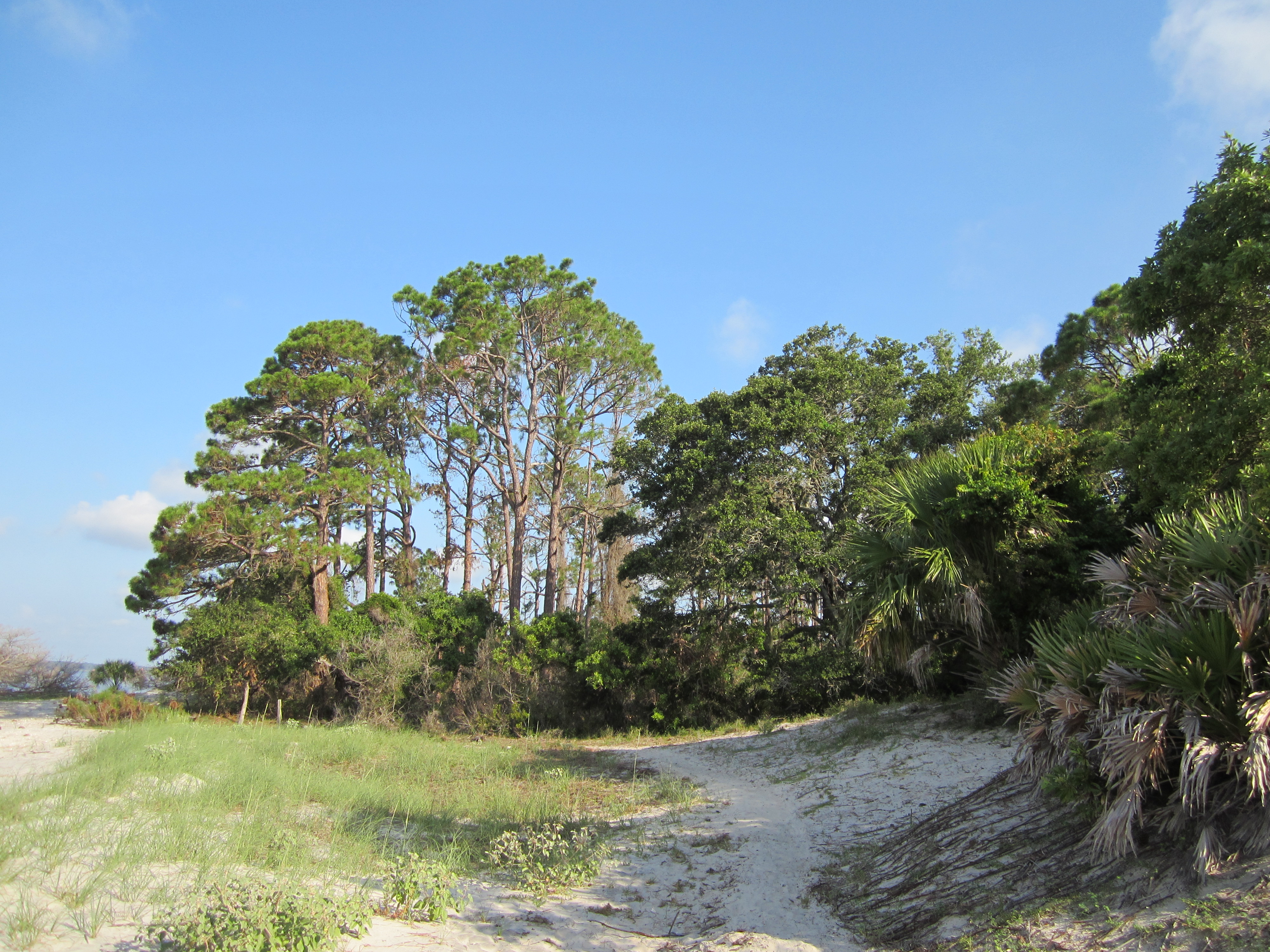Exploring Pele’s Playground: Where Earth and Fire Converge in Hawaii
Planning a visit? Check out the Hawaiʻi Volcanoes National Park page for visitor info, directions, and what to do when you get there.

Introduction
Historical/Cultural/Geological Background
Indigenous Hawaiians believed in Pele, the passionate goddess of volcanoes. For them, every eruption was a manifestation of her fiery temperament. This belief has permeated local culture creating a distinctive harmony between people and their volatile land.
Geologically speaking, this park is dominated by two massive shield volcanoes - Mauna Loa and Kīlauea. Mauna Loa is considered the most massive single mountain on Earth while Kīlauea ranks amongst the world’s most active volcanoes.
The park was established in 1916 with dual recognition - both as a natural reserve holding unique geological features and as a cultural site preserving generations-old indigenous traditions.
Activities Guide
This park brims with adventure opportunities. Hiking routes such as Crater Rim Trail offer panoramic views of volcanic craters like Halema’uma’u, home of the traditional fire goddess Pele.
Thurston Lava Tube (Nāhuku) is another must-visit spot where you can walk through a tunnel formed by cooling lava. Near the coastal region, black sand beaches offer unique picnic spots with sea turtles making regular appearances.
Visitor Information
The park is open 24/7 throughout the year. Kīlauea Visitor Center should be your first stop after entering, to get maps, trail condition updates, safety information and program timings.
While food options within the park are limited to one restaurant and a store, there are numerous eateries located in Volcano Village nearby. Lodging can be found at Volcano House hotel or camping sites like Nāmakanipaio and Kulanaokuaiki.
Tips for Different Visitors
For families with young children or elderly members, the Crater Rim Drive Tour offers an easy way to witness stunning views. For enthusiastic trekkers, the 4-mile moderate hike along Kīlauea Iki Trail is a must-do activity that takes you from lush rainforest down to a solidified lava lake.
Photography enthusiasts will find excellent opportunities at sunrise or sunset when volcanic landscapes present a magnificent play of light and shadow. Remember to carry extra layers as temperatures can drop dramatically after sunset.
Regional Context
The Big Island of Hawaii offers many attractions beyond Hawaiʻi Volcanoes National Park. Nearby Hilo town is known for its vibrant farmer’s markets offering local produce while Puna district has warm thermal ponds nurtured by geothermal activity beneath Earth’s crust. A trip up north will lead you to the lush valleys and waterfalls of Hamakua Coast.
Conclusion
Hawaiʻi Volcanoes National Park is more than just a natural reserve. It’s an ode to Earth’s elemental forces that remind us how landscapes are born, reshaped, and reborn. Whether you’re an outdoors enthusiast or someone seeking a distinctive cultural experience, this park guarantees a transformative journey.
-
Are there daily limitations on visitor numbers? No, but some areas may have temporary restrictions due to ongoing volcanic activity or maintenance work.
-
Is it safe to visit with active volcanos in the area? Yes, safety measures are taken thoroughly by park authorities, but visitors must adhere to guidelines for their own well-being.
-
Are pets allowed in the park? Pets are allowed only in specific areas like paved roads and campgrounds but not on trails or wilderness areas.
-
What wildlife can I expect to see at the park?
-
How do I get around within the park? Personal vehicles, cycling & walking are common ways to move about. However, some trails demand high physical fitness and preparedness.
Tags: #HawaiiVolcanoesNationalPark #ActiveVolcano #Pele #MaunaLoa #Kilauea #ThurstonLavaTube #CraterRimTrail #KilaueaIkiTrail
Frequently Asked Questions
What are the operating hours and admission fees for Hawaiʻi Volcanoes National Park?
Hawaiʻi Volcanoes National Park is typically open year-round, though specific hours may vary by season. Most national parks charge an entrance fee, but some sites are free to visit. Check the official NPS website for current hours and fee information.
How long should I plan for a visit to Hawaiʻi Volcanoes National Park?
A typical visit to Hawaiʻi Volcanoes National Park can range from a few hours to a full day, depending on your interests and the activities you choose. Allow extra time for hiking, photography, and exploring visitor centers.
What should I bring when visiting Hawaiʻi Volcanoes National Park?
Essential items include comfortable walking shoes, water, snacks, sunscreen, and weather-appropriate clothing. Bring a camera to capture the scenic views and consider binoculars for wildlife viewing.
What is the best time to visit Hawaiʻi Volcanoes National Park?
The best time to visit depends on your preferences and the activities you plan to enjoy. Spring and fall often offer pleasant weather and fewer crowds, while summer provides the longest daylight hours.
Is Hawaiʻi Volcanoes National Park accessible for visitors with mobility needs?
Many areas of Hawaiʻi Volcanoes National Park are accessible to visitors with mobility needs, including paved trails and accessible facilities. Contact the park directly for specific accessibility information and current conditions.


